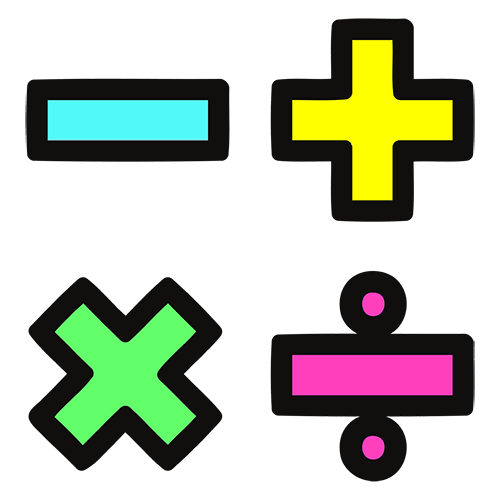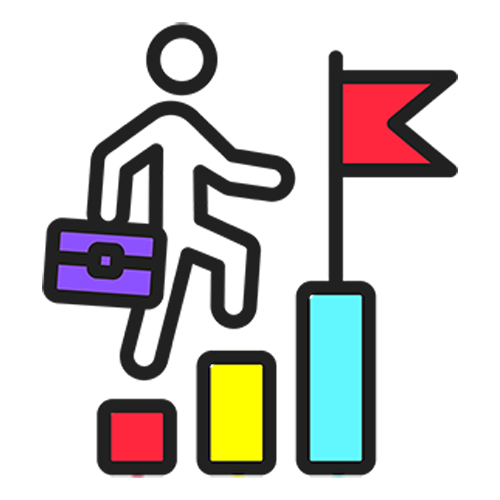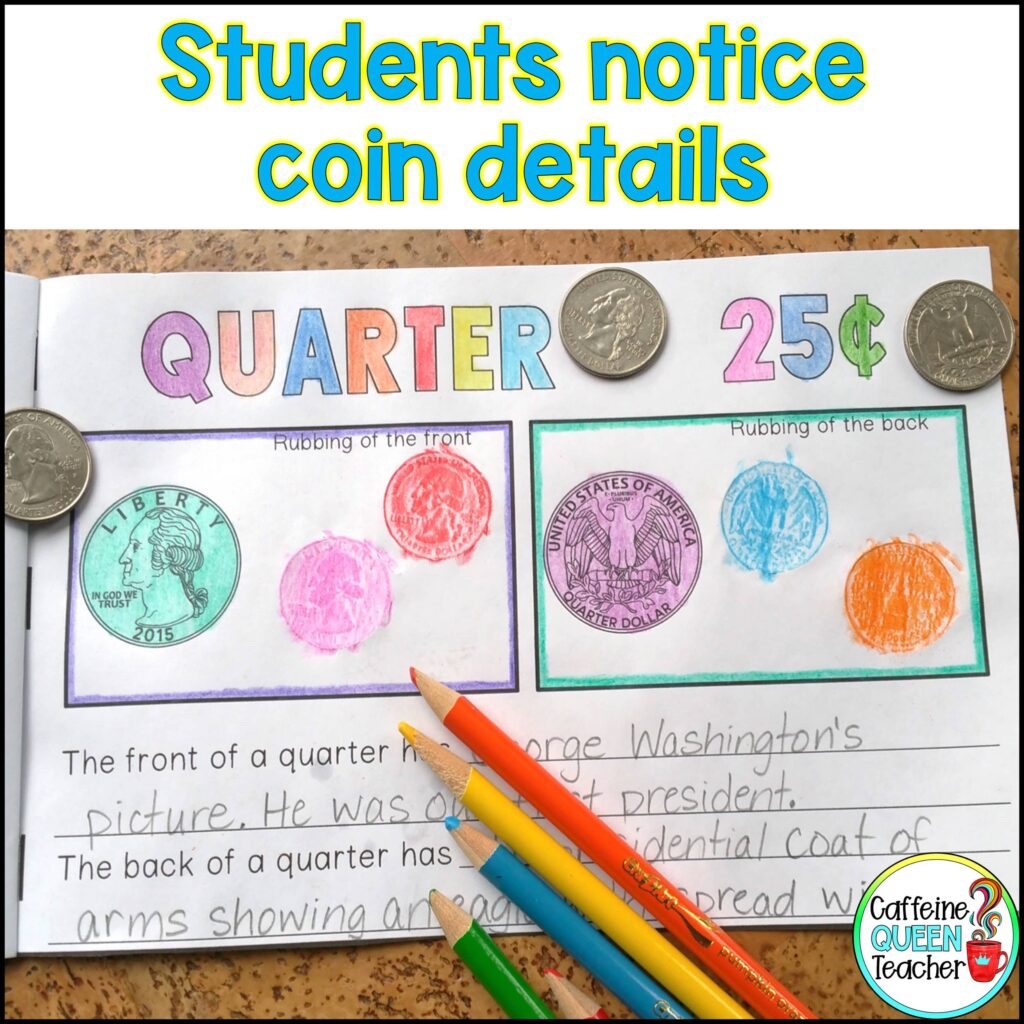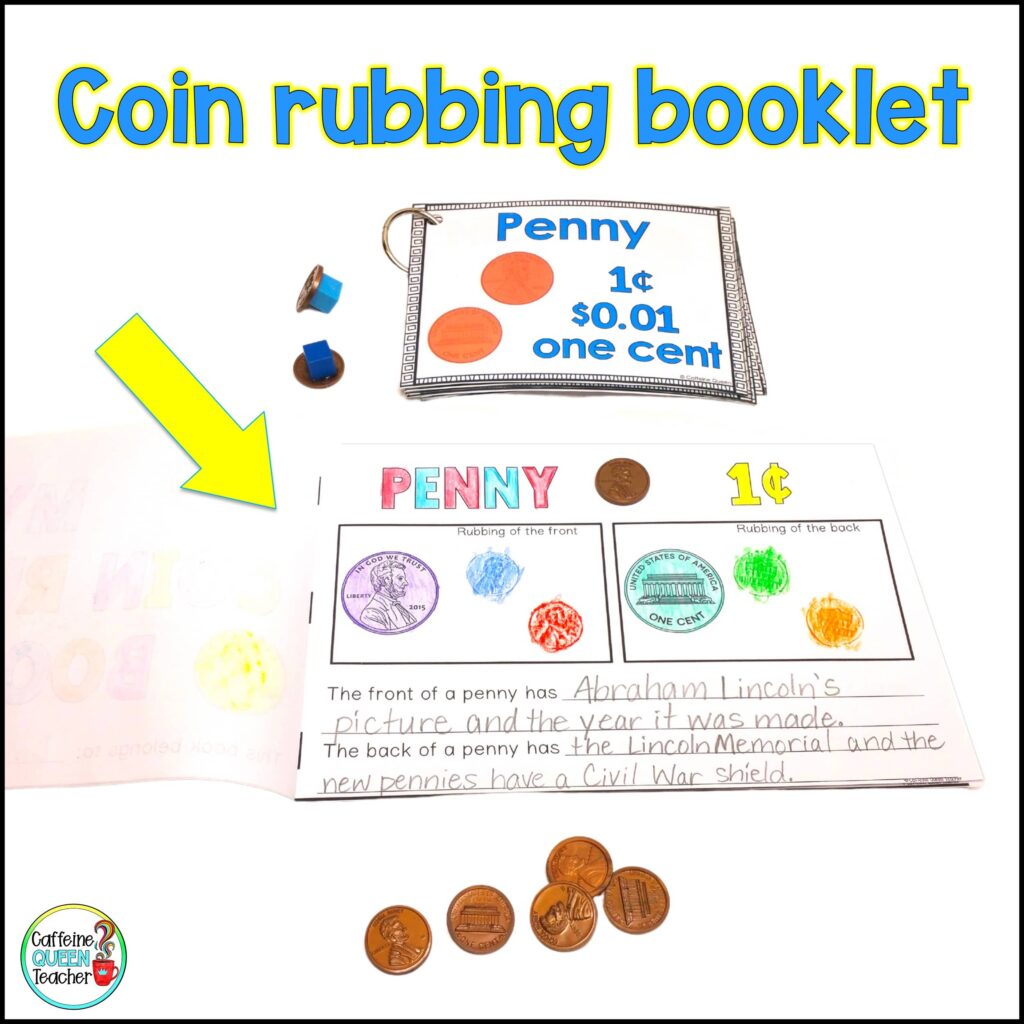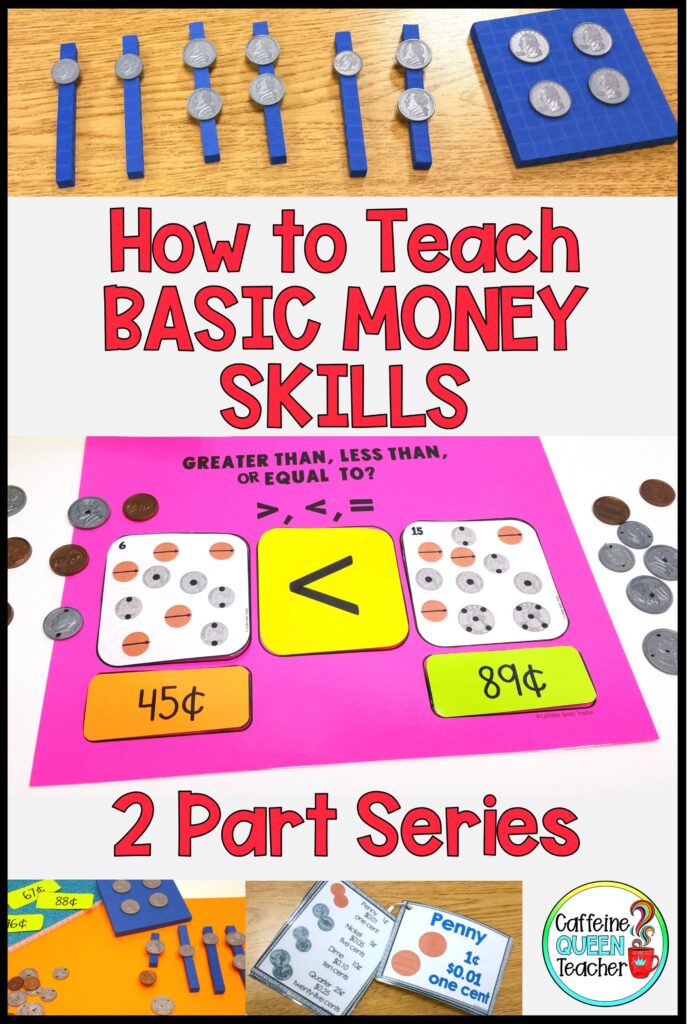Teaching students how to count money is a crucial life skill that every student needs for independence. But it doesn’t have to be a difficult task. With the right strategies and a little creativity, you can make learning about money fun and engaging.
One useful method is to combine skip counting and working with coins into your daily routines and stations. My students usually enjoyed working with coins, and it’s easy to turn coin-counting practice into games and engaging activities.
Here’s how I approach teaching basic money skills:
Build a Strong Foundation
Work on skip-counting – A LOT!
I began early in the year and continued to review it on a regular basis. You can incorporate skip-counting into normal, everyday moments, like when students are lining up for recess or standing in the cafeteria line. It doesn’t require any extra supplies or planning – it’s teaching on the go!
I highly encourage daily skip-counting exercises for second and third-graders. I believe it’s a skill that is ok to over-teach. Practice skip counting by 2s, 5s, 10s, and even 25s. Yes, my class even skip counts by 25s, saying “25, 50, 75, 100, or one dollar.”
To make skip-counting more engaging, use multiple senses, such as sight, hearing, touch, and movement. Have students toss a beach ball while saying the numbers in the skip-counting series for a quick and easy game. They can march in place, hop on one foot, or even sing and dance along to songs on Youtube.

You can also find some engaging hands-on number line activities and hundreds chart activities for students. The more they work with numbers and coins, the more automatic counting becomes.
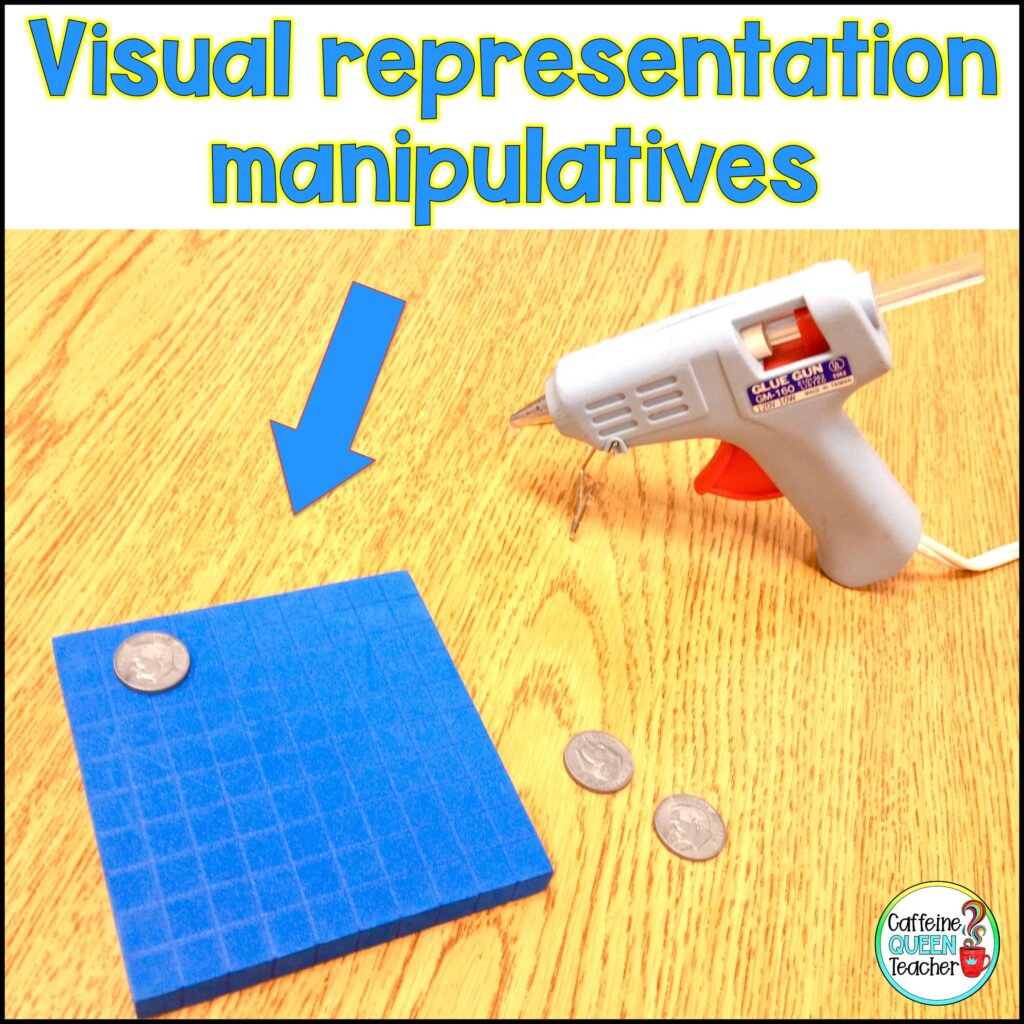
I always used hands-on teaching techniques to help students understand the value of coins and their relation to numbers.
One unique approach is to relate money to base ten blocks, which students are already familiar with.
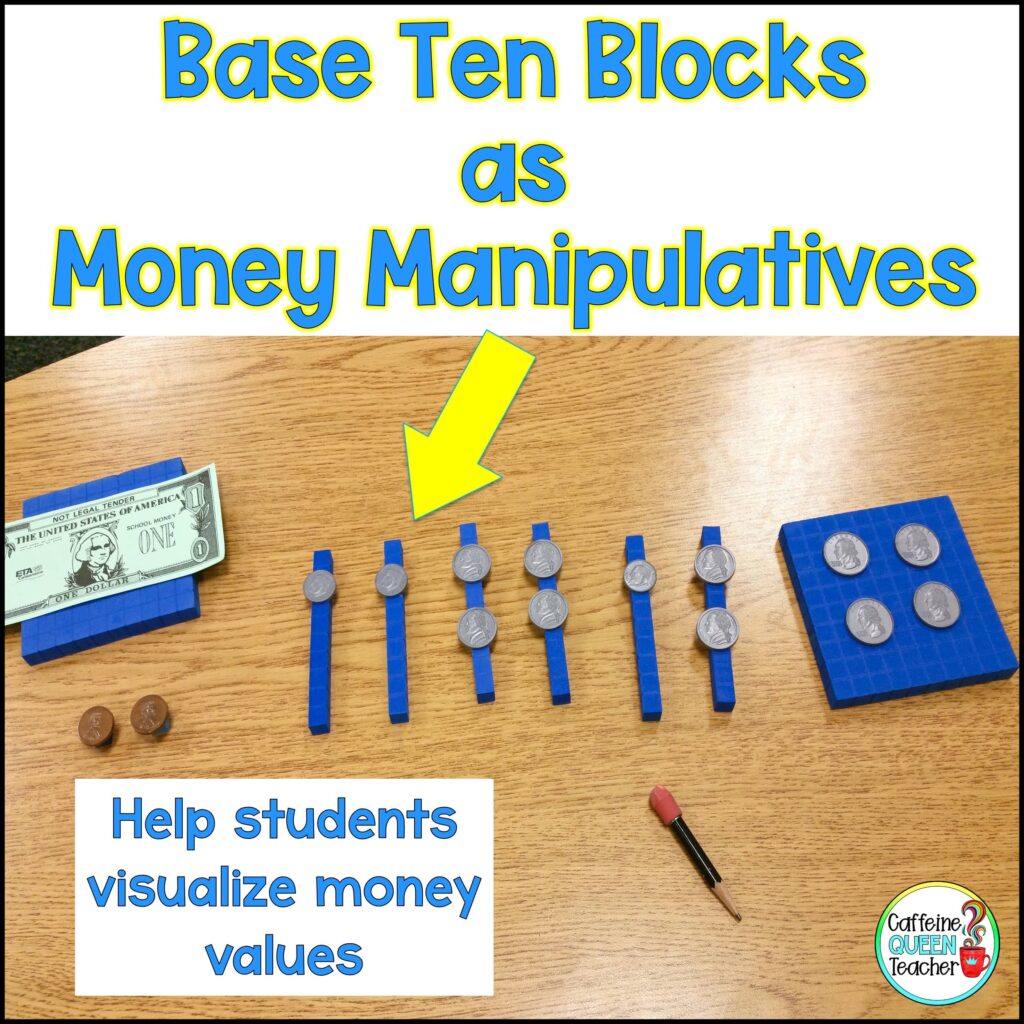
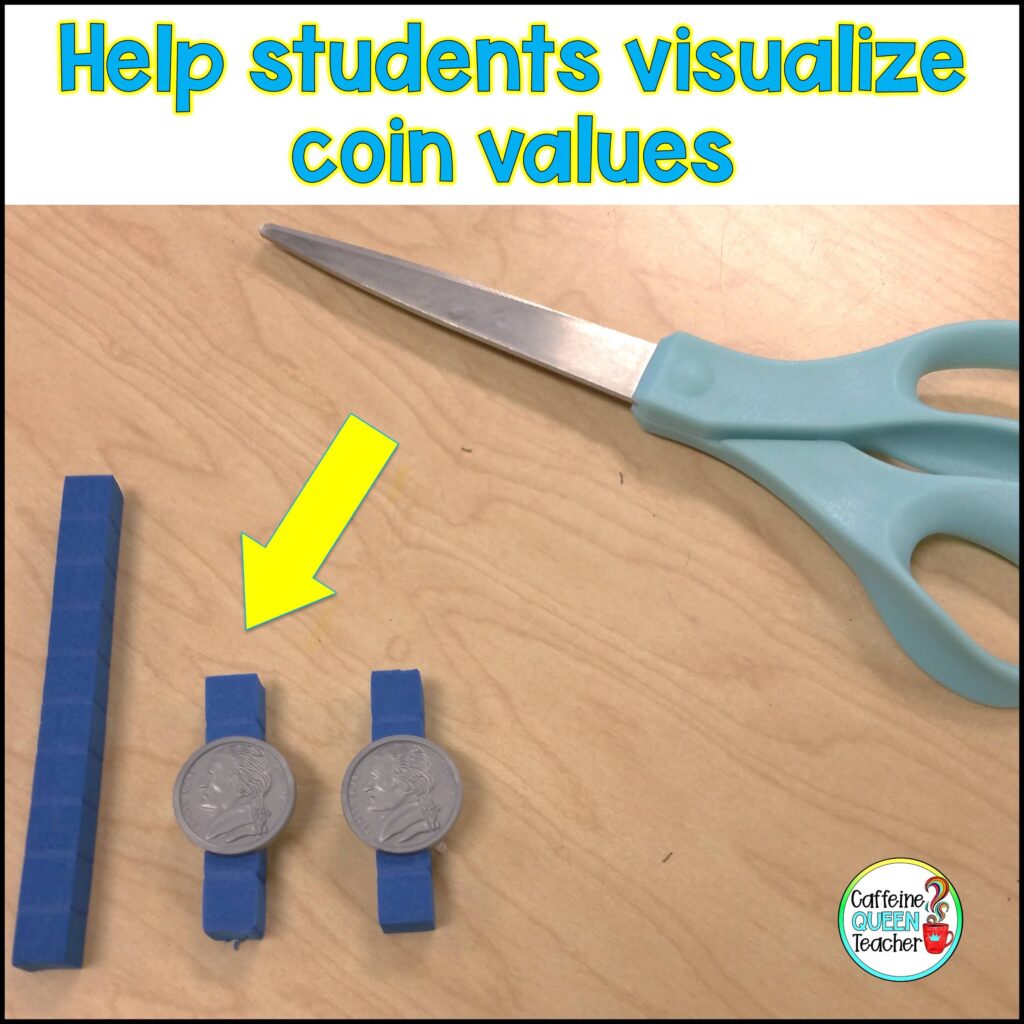
Coin Identification – Early Stage
Coin Sorting –
Before jumping into counting coins, students need to be able to identify them. Some students struggle with differentiating between a nickel and a quarter, so explicit instruction is crucial.
Point out that quarters are the largest coins with ridges along the edge. Nickels are smaller and have smooth edges.
Reviewing the images on the coins may also be necessary for struggling students. Keep in mind that newer styles of nickels and quarters feature different images compared to older coins. Quarters now feature different state images on the back, which might cause problems for students because the quarters look different.
Most students will benefit from working with real money to solidify their learning. Students often have trouble transferring their learning from plastic classroom coins to real coins. Providing them with real, authentic coins can make a big difference.
*Please note that Kennedy half dollars are larger, but I typically introduced them at a later stage since they’re not commonly used in everyday life. Don’t worry about half dollars until your students are fluent in money skills.

